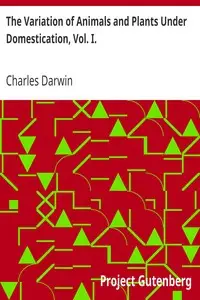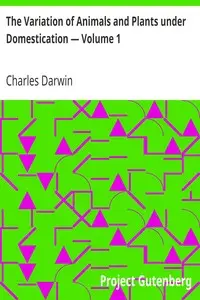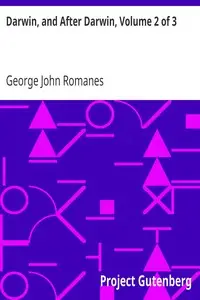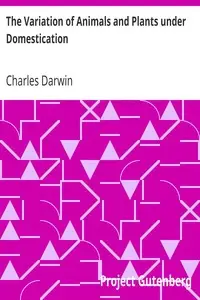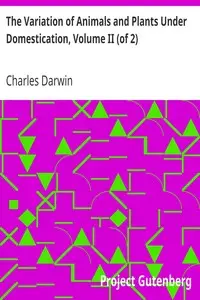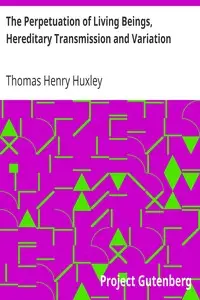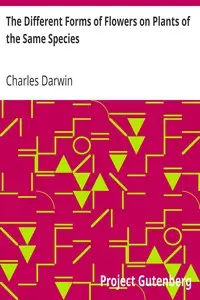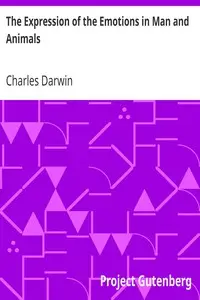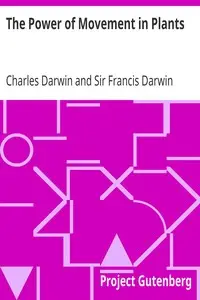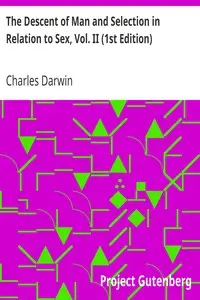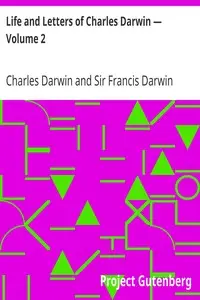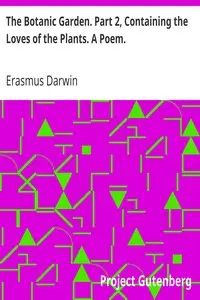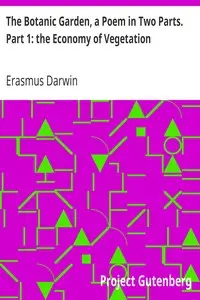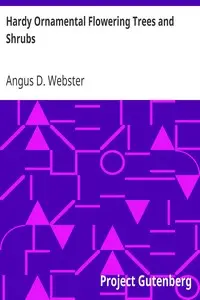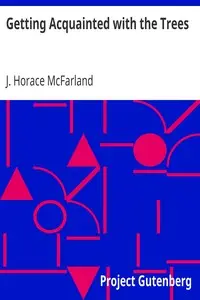"The Variation of Animals and Plants under Domestication — Volume 2" by Charles Darwin is a scientific exploration of how domestication changes the features passed down through generations of animals and plants. It examines key ideas like when traits from long ago reappear, how features are inherited, and what happens when different types of animals and plants are bred together. It begins by looking at how inheritance works and how traits that disappeared can suddenly show up again. Darwin uses examples from both animals and plants to demonstrate this idea, called reversion, showing how characteristics can lie hidden and reappear after many years. This beginning part gives understanding into how traits are passed on, showing how some traits can stay inactive and then reappear later, uncovering the complicated genetic relationships within domesticated species and giving signs to their past.
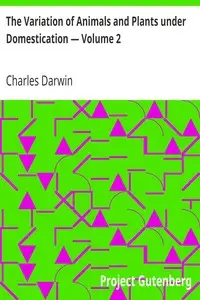
The Variation of Animals and Plants under Domestication — Volume 2
By Charles Darwin
Uncover the secrets of forgotten traits as they resurface, revealing the hidden connections between generations of domesticated life.
Summary
About the AuthorCharles Robert Darwin was an English naturalist, geologist, and biologist, widely known for his contributions to evolutionary biology. His proposition that all species of life have descended from a common ancestor is now generally accepted and considered a fundamental scientific concept. In a joint publication with Alfred Russel Wallace, he introduced his scientific theory that this branching pattern of evolution resulted from a process he called natural selection, in which the struggle for existence has a similar effect to the artificial selection involved in selective breeding. Darwin has been described as one of the most influential figures in human history and was honoured by burial in Westminster Abbey.
Charles Robert Darwin was an English naturalist, geologist, and biologist, widely known for his contributions to evolutionary biology. His proposition that all species of life have descended from a common ancestor is now generally accepted and considered a fundamental scientific concept. In a joint publication with Alfred Russel Wallace, he introduced his scientific theory that this branching pattern of evolution resulted from a process he called natural selection, in which the struggle for existence has a similar effect to the artificial selection involved in selective breeding. Darwin has been described as one of the most influential figures in human history and was honoured by burial in Westminster Abbey.

